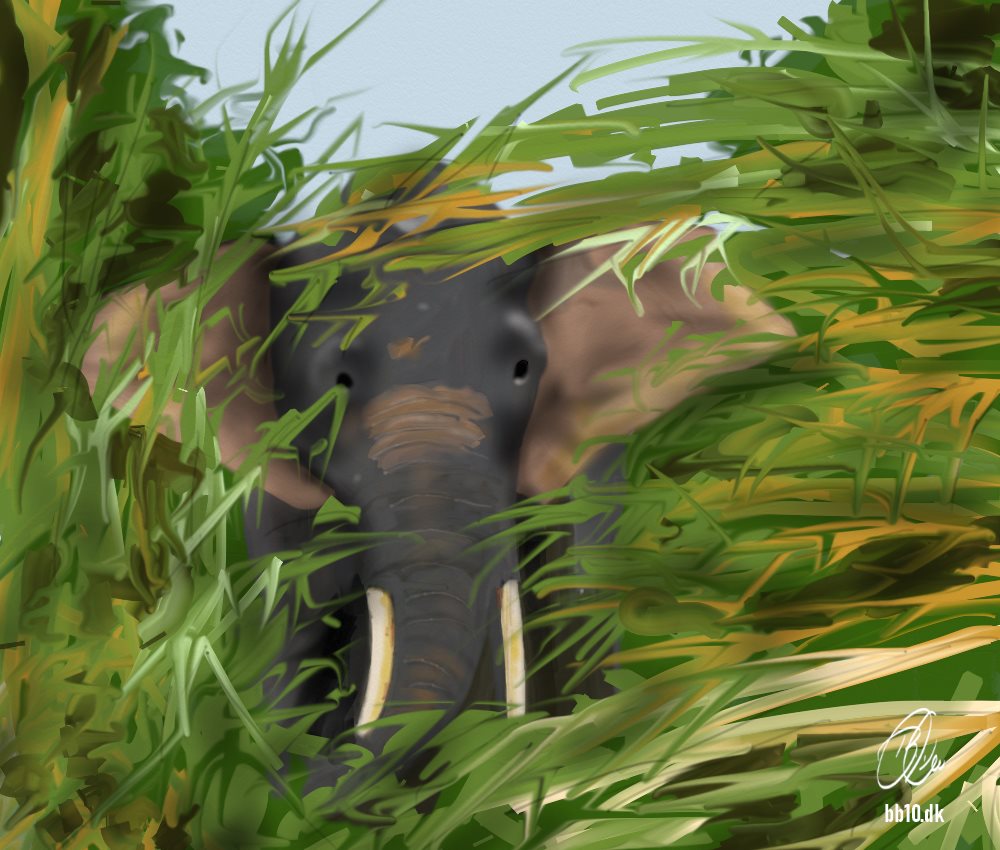Wildlife Elephant

Social Structure
Matriarchal Herds: Wild elephants typically live in matriarchal herds led by the oldest female.
These herds consist of related females and their young, providing a stable environment for calf rearing and protection against predators.
Male Behavior: Young males leave their family groups around the ages of 12 to 15 to either live solitary lives or form small bachelor herds.
These males engage in competition for mates and learn social dynamics through interactions with other males and females
Communication
Elephants are highly social and use a variety of vocalizations, body language, and tactile signals to communicate.
and alert others to potential dangers, such as the presence of bees, which they uniquely fear
Mourning Rituals
Elephants exhibit profound emotional intelligence, including mourning behaviors when they encounter deceased companions.
Foraging and Diet
Wild elephants are herbivorous and spend up to 16 hours a day foraging for food, consuming a diverse diet that includes grasses, leaves, fruits, and bark.
Adaptability and Mobility
Elephants are not territorial; instead, they have large home ranges that can vary based on resource availability.
Conservation Challenges
Wild elephants face numerous threats, including habitat loss due to human encroachment and poaching for ivory.
Conservation efforts are essential to protect these majestic animals and their habitats.






